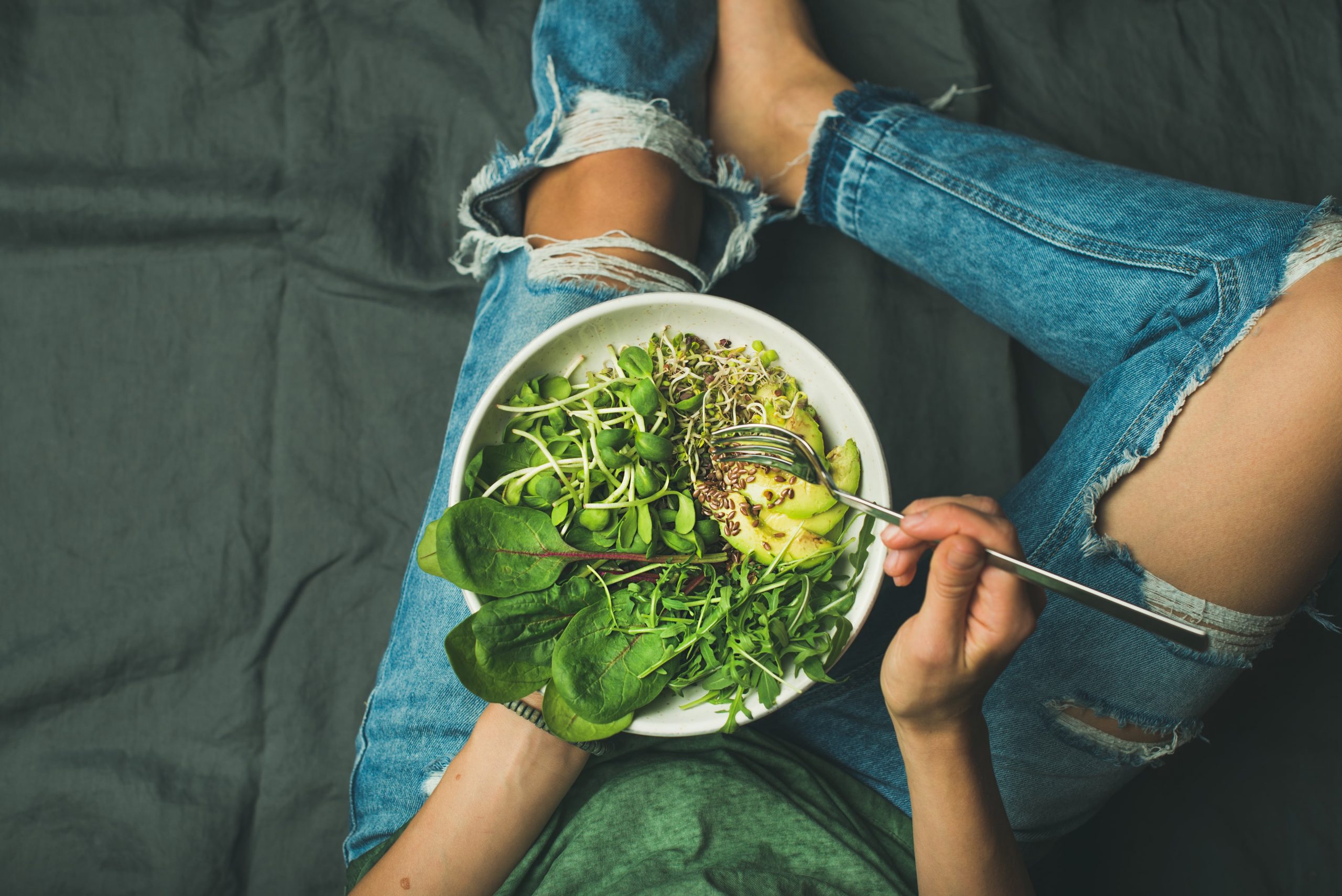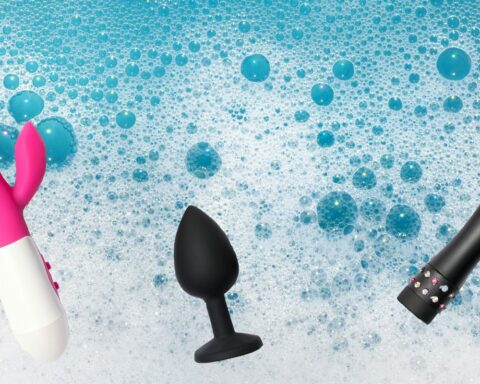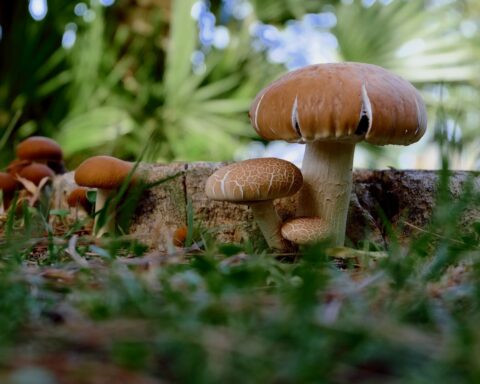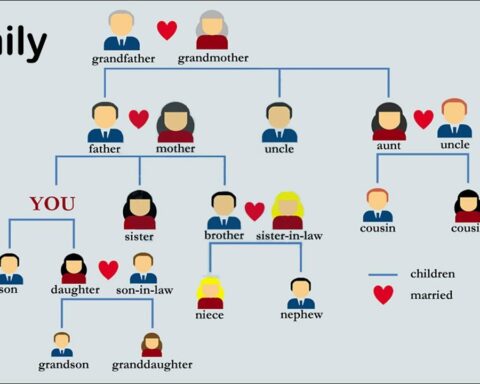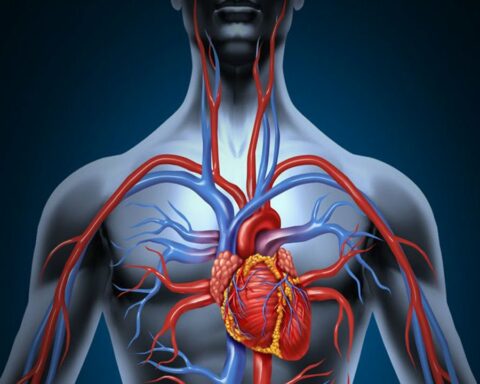Among the many eating plans aimed at boosting health or losing weight, eating clean is one. The phrase eating clean means more than eating washed food. It involves eating simple, whole foods without added artificial ingredients. This eating plan means you will avoid eating the unhealthiest fats (trans fats and heavily saturated fats), processed foods, added sugar, and refined grains. Eating clean will help you lose weight, put some chronic diseases at bay, and feel great about yourself. There are some basic concepts to eating clean that make it easier to follow and sustainable long-term.
The basic concept of eating clean
Eating clean is more of a lifestyle than a diet. The basic concept of eating clean involves controlling what you eat and when and how you eat it. It encompasses making better nutritious choices and cutting out the junk in your diet.To achieve clean eating, you need to avoid types of food that are filled with empty calories, like highly processed foods with added trans fats, sodium, and sugar.
Processed foods and ingredients to avoid
To help you choose types of food to eat or avoid, try to stick to whole grains and types of food that you can easily identify as food. Eat whole foods that have minimal or no additives. If you read the packaging and find any additives in the food, ensure they are things you recognize as food.Ensure the foods you eat are high in important nutrients like minerals, protein, vitamins, and fiber.
Avoid the following processed foods:
- Carbonated drinks like soda
- Energy drinks
- Chips
- Alcohol
- Soda
- Candy
- Processed meats
- Refined sugar
- Packaged foods and snacks
- Artificial sweeteners
Eating clean proteins
Eating clean involves picking protein options that are higher in protein than fats and carbohydrates. Proteins from meat sources should be lean and, if possible, organic.
Examples of animal protein that can be included in clean eating are:
- Eggs
- Chicken
- Venison
- Lamb
- Turkey
- Pork
- Elk
- Duck
- Quail
- 100% grass-fed beef
- Goose
- Ostrich
- Fatty fish such as salmon, herring, sardines, eel, sablefish, mackerel, and carp.
- Lean fish such as tuna, pike, rockfish, scallop, tilapia, trout, catfish, and other suitable caught seafood.
Examples of plant proteins that can be included in clean eating are:
- Beans
- Lentils
- Quinoa
- Peas
- Legumes
- Corn-based protein
- Buckwheat
- Edamame
- Tofu
Examples of dairy products that can be included in clean eating are:
- Cream
- Cheese
- Yogurt
- Cow’s milk
- Camel’s milk
- Goat’s milk
- Butter
- Cottage cheese
- Sheep’s milk
- Ice cream
Eating clean carbohydrates
Eating clean carbohydrates required that you pick carb sources that are rich and fiber-filled and avoid more refined carbs like processed grains and processed sugar. Clean carbs can be obtained from starchy vegetables, whole grains, fruits, and sweeteners.
Examples of starchy vegetables that can be included in clean eating are:
- Sweet potatoes
- Yams
- Potatoes
- Corn
- Peas
- Lentils
- Squash
- Legumes
- Yucca
- Butternut
Examples of whole grains that can be included in clean eating are:
- Brown rice
- Oatmeal
- Millet
- Sorghum
- Corn
- Air-popped popcorn
- Amaranth
- Quinoa
- Wheat
- Pasta
- Bread
- Barley
- Crackers
Examples of fruits that can be included in clean eating are:
- Papaya
- Figs
- Cherries
- Oranges
- Tangerines
- Mangoes
- Pineapples
- Dates
- Guavas
- Lychee
- Peaches
- Grapes
- Watermelons
- Cantaloupe
- Honeydew
- Black currants
- Bananas
- Apples
Examples of sweeteners that can be included in clean eating are:
- Raw sugar
- Coconut sugar
- Date paste
- Maple syrup
- Honey
- Agave
Caution should be exercised when adding sugar to your diet because even natural sugars can raise your blood sugar. Take sugar in moderation.
Eating clean fats
Fat usually comes from cooking oil, toppings, dressing, sauces, and butter. Many foods, especially proteins, also contain fats. The best clean fats are plant-based.
Great sources of plant-based fats include:
- Olives
- Avocadoes
- Coconut
- Flax seeds
- Chia seeds
- Pumpkin seeds
- Tahini
- Walnuts
- Peanuts
- Cacao
- Sesame seeds
- Canola
- Sunflower seeds
- Oils: olive oil, coconut oil, flaxseed oil, avocado oil, and canola oil.
Eating clean non-starchy vegetables
Non-starchy vegetables are an awesome option to load up on in your meals rather than their starchy carb-laden counterparts. These non-starchy vegetables include sea vegetables, melons, berries, fresh herbs, limes, and lemons.
Examples of non-starchy vegetables that can be included in clean eating are:
- Peppers
- Green leafy vegetables
- Cauliflower
- Zucchini
- Jicama
- Carrots
- Onions
- Cucumber
- Seaweed
- Watermelon
- Cantaloupe
- Kelp
- Strawberries
- Blackberries
- Raspberries
- Cabbage
- Beets
- Celery
- Bok choy
Eating clean non-dairy alternatives
Eating clean can also be combined with a dairy-free diet. The nutritional value of dairy-free products, especially the protein content, is not as high as dairy products.
Examples of non-dairy alternatives that can be included in clean eating are:
- Vegan ice cream
- Hemp milk
- Cashew milk
- Oat milk
- Coconut milk
- Rice milk
- Flax milk
- Almond milk
- Yogurt that is made from almond, soy, or coconut.
- Cheese that is made from almond, soy, coconut, cashews, or nutritional yeast.
Benefits of eating clean
Eating clean comes with both health and aesthetic benefits. Some of these benefits are:
- Eating clean improves heart health, putting heart disease at bay.
- Eating clean improves gut health and reduced digestive tract issues such as Irritable Bowel Syndrome (IBS).
- Eating clean may lead to a healthier glowing skin
- Brain performance and cognitive function are boosted by eating clean
- Eating clean boosts the immune system
- Energy levels are increased when you eat clean
- Eating clean strengthens bones and teeth
- The mood is improved when you eat clean
- Eating clean aids in weight loss and management.
Take home on eating clean
Eating clean involves eating simple, whole foods without added artificial ingredients. This eating plan means you will avoid eating the most unhealthy fats, processed foods, added sugar, and refined grains. On the contrary, you ensure that your meaks are made up of whole grains and foods, non-processed foods, and healthy fats. Eating clean has benefits beyond helping you lose weight. It also helps to improve your memory and immunity, put some chronic diseases at bay, and feel great about yourself.
- NOVICA: A Journey of Empowerment and Cultural Preservation - July 29, 2023
- BocaHeal: Empowering Your Journey to Optimal Health - June 10, 2023
- Custom Made Boots for the Perfect Fit: Fillies and Boots - June 7, 2023

